
views
Using a Thickening Agent
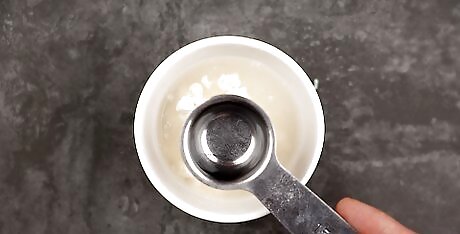
Add flour and cold water mix to custard ingredients. Mix flour and cold water well, making sure the mixture is smooth. For 1 cup (240 mL) of custard, use 2 tablespoons (17 g) of flour mixed with 4 tablespoons (59 mL) of cold water. Add the mixture into your custard ingredients as they cook on the stove.
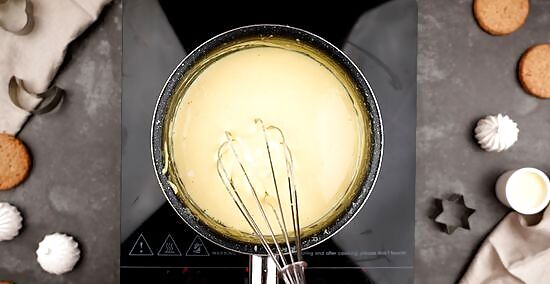
Use cornstarch as an alternative to flour. Cornstarch, like flour, requires cold water as a mixing agent. For 1 cup (240 mL) of custard, use 1 tablespoon (7.5 g) of cornstarch mixed with 1 tablespoon (15 mL) of cold water. Also like flour, make sure to add your cornstarch mix as your ingredients are cooking on the stove.
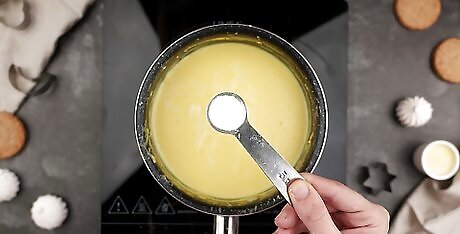
Use tapioca instead of flour or cornstarch. You will need less tapioca than flour or cornstarch, as tapioca does not need to be combined with cold water to add to your custard. Use about 1 teaspoon (4.9 mL) of tapioca for every 1 tablespoon (7.5 g) you would use of cornstarch. Tapioca, like flour or cornstarch, should be added while you are cooking your custard on the stovetop.
Varying Your Cooking Time or Preparation Method
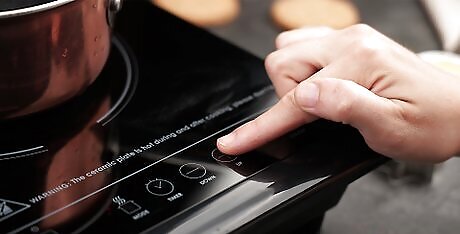
Increase stovetop cooking time. If you've tried a few recipes and your custard is still runny, thicken your custard by increasing the stovetop cooking time (instead of adding a thickening agent). Follow your recipe stovetop cooking time, right up until the custard starts bubbling. Once your custard starts bubbling, add 1 to 2 minutes of cook time, and stir constantly!
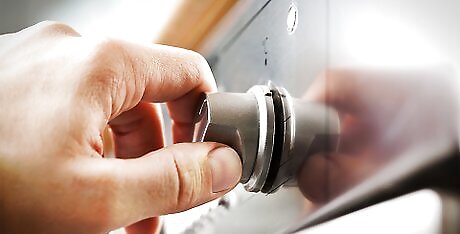
Decrease oven cooking temperature. While some custards will need to be cooked longer on the stovetop to thicken (to give the ingredients a better chance at binding together), others need to be cooked on a lower oven temperature than what the original recipe calls for. Check if your original recipe recommends a certain oven temperature for your sea level or for the season you're cooking in. Decrease your oven's temperature and cook your custard until the center is slightly wobbly when nudged.
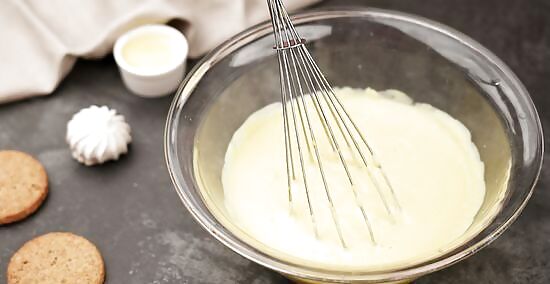
Stir more vigorously before cooking custard in the oven. While this step sounds like a no-brainer, you may not be stirring your custard enough for the egg-yolks to break down and start binding with the other ingredients (stirring is essential to create the fluffy cream texture). Stir as recommended by your original recipe, but if your custard is still runny, try more vigorous stirring. Make sure to use the appropriate tool, such as an immersion blender or a hand whisk.



















Comments
0 comment